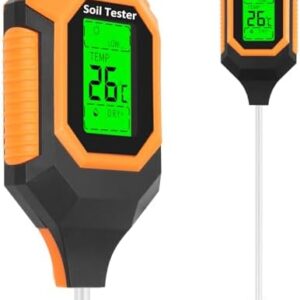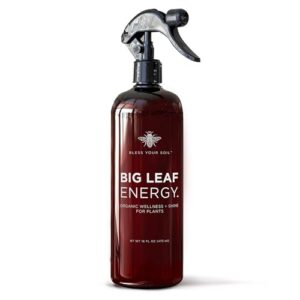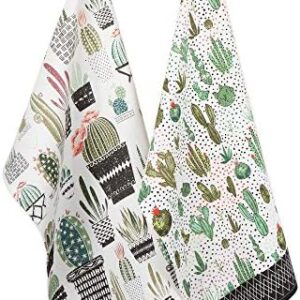Have you ever stopped to think about how important bees are to our planet and our everyday lives? These tiny creatures play a crucial role in pollinating the plants that produce our food, making them essential for maintaining a healthy ecosystem. Unfortunately, bees are facing numerous threats that are putting their populations at risk. But there are steps we can take to help support these invaluable pollinators right in our own backyard.
Bees are responsible for pollinating a wide variety of crops, including fruits, vegetables, and nuts. Without bees, many of these plants would not be able to reproduce, leading to a decrease in crop yields and potentially devastating effects on our food supply. In fact, it’s estimated that bees are responsible for pollinating around one-third of the food we eat.
But bees are facing numerous challenges that are impacting their populations. Pesticide use, habitat loss, climate change, and disease are all contributing factors to the decline in bee populations worldwide. Additionally, the practice of monoculture farming, where only one type of crop is grown over a large area, can limit the diversity of plants available for bees to feed on.
Despite these challenges, there are steps we can take to help support bees and other pollinators. One of the most important things we can do is to create bee-friendly habitats in our own gardens. By planting a diverse range of flowers, trees, and shrubs that provide food and shelter for bees, we can help support their populations and ensure they have the resources they need to thrive.
When choosing plants for your garden, opt for species that are native to your area and that bloom at different times throughout the year. This will ensure that bees have access to food sources all year round. Some bee-friendly plants to consider include lavender, sunflowers, coneflowers, and bee balm. It’s also important to avoid using chemical pesticides and herbicides in your garden, as these can be harmful to bees and other pollinators.
Another way to support bees in your garden is to provide them with a water source. Bees need water to survive, especially during hot summer months. You can create a bee-friendly water station by filling a shallow dish with water and adding some rocks or marbles for the bees to land on while they drink. Just make sure to keep the water clean and change it regularly to prevent the spread of disease.
In addition to planting bee-friendly flowers and providing a water source, you can also create nesting sites for bees in your garden. Many bee species are solitary and nest in small holes in the ground or in hollow stems and twigs. You can help provide nesting sites by leaving patches of bare ground or creating bee hotels out of materials like bamboo, reeds, and wood blocks.
By taking these simple steps, you can help support bee populations in your own neighborhood and beyond. And the benefits of supporting bees go beyond just helping these important pollinators thrive. A healthy bee population can also lead to increased biodiversity, improved soil fertility, and better crop yields. So the next time you’re planning your garden, consider the important role that bees play and how you can help support them in your own little corner of the world.






